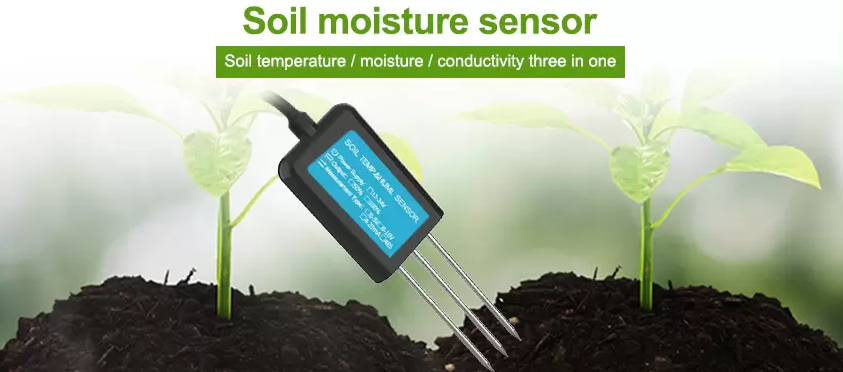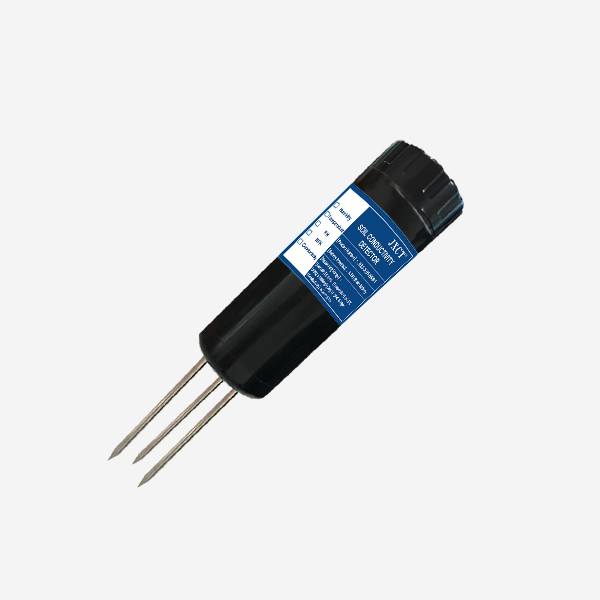quality soil moisture sensor
With the advent of IoT, quality soil moisture sensors have become smarter and more connected than ever before. In this article, we will discuss IoT-enabled quality soil moisture sensors and their role in precision agriculture.
IoT-Enabled Soil Moisture Sensors

IoT-enabled soil moisture sensors are designed to provide accurate and real-time data on soil moisture levels. These sensors use various technologies such as capacitance, time-domain reflectometry (TDR), and impedance sensing to measure soil moisture content. The sensors are connected to an IoT platform using wireless or wired communication, which enables remote monitoring and control of irrigation systems. IoT-enabled soil moisture sensors have been shown to improve water management, increase crop yield, and reduce the risk of over- or under-irrigation.
Capacitance-Based Soil Moisture Sensors
Capacitance-based soil moisture sensors measure the dielectric constant of soil to estimate soil moisture content. As water has a higher dielectric constant than soil particles, the change in capacitance between two electrodes placed in the soil is used to determine moisture content. Advanced capacitive sensors use multiple frequencies or complex waveforms to overcome the effects of soil salinity and temperature changes, which can affect their accuracy. Capacitive sensors are low-cost, easy to install, and highly sensitive to small changes in soil moisture, making them popular for precision irrigation systems.
TDR-Based Soil Moisture Sensors

Time-domain reflectometry (TDR) is a technique that measures the propagation time of an electrical pulse through the soil to estimate soil moisture content. The pulse is sent through a coaxial cable placed in the soil, and the reflection of the pulse is measured at the other end of the cable. The time delay between the transmission and the reflection of the pulse is used to calculate soil moisture content. TDR-based sensors are highly accurate, reliable, and can provide depth-specific moisture readings, making them ideal for monitoring water movement through the soil.
Impedance-Based Soil Moisture Sensors
Impedance-based sensors measure the resistance of the soil to an electrical current to estimate soil moisture content. These sensors use two electrodes or probes to inject a low-frequency AC signal into the soil, and the impedance or resistance of the soil is measured between the electrodes. The change in impedance is related to the soil moisture level and can be calibrated to provide accurate moisture readings. Impedance-based sensors are sensitive to changes in soil temperature and salinity, and they require frequent calibration to maintain their accuracy. However, they offer good performance in soils with varying textures or compositions.
IoT-Enabled Soil Moisture Sensor Networks
IoT-enabled soil moisture sensor networks enable real-time monitoring and control of irrigation systems. These networks consist of multiple soil moisture sensors placed at different locations in the field and connected to a central controller. The controller collects data from the sensors and uses algorithms to calculate the optimal irrigation schedule based on crop needs and weather conditions. The controller can also be programmed to trigger alarms or notifications when soil moisture levels fall below or exceed a predetermined threshold. IoT-enabled sensor networks enable farmers to optimize water use, reduce energy costs, and increase crop yield.
Conclusion:
IoT-enabled quality soil moisture sensors have transformed the way irrigation is managed in agriculture. These sensors provide accurate, real-time data on soil moisture levels and allow farmers to optimize water use and increase crop yield. Capacitance-based, TDR-based, and impedance-based sensors are the most popular types of soil moisture sensors, each with its advantages and drawbacks. By using IoT-enabled sensor networks, farmers can monitor and control irrigation systems remotely, reducing labor costs and improving water management. With ongoing technological advances, we can expect IoT-enabled soil moisture sensors to become even more accurate, reliable, and cost-effective in the future.